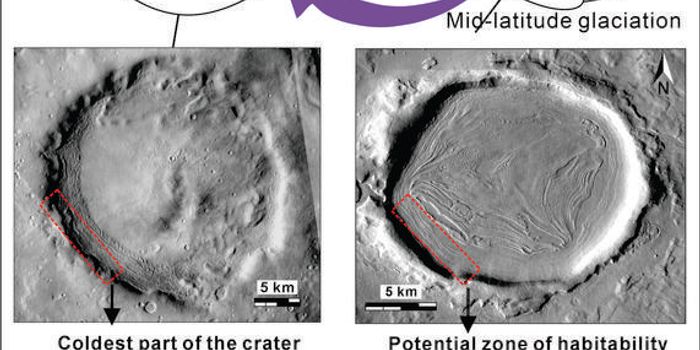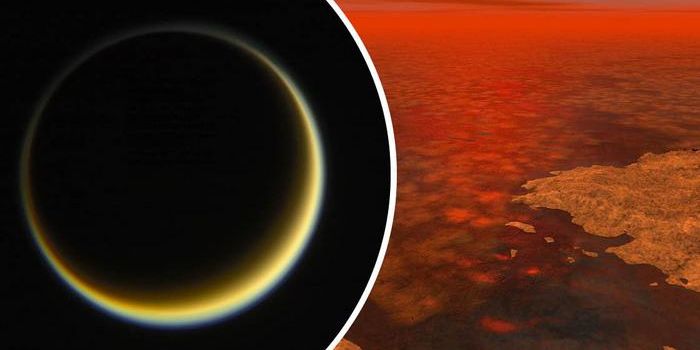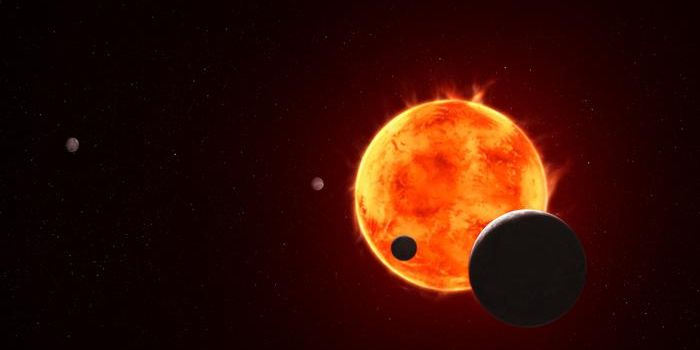First Observations of Atmospheric Asymmetry on an Exoplanet
Can an exoplanet’s atmosphere exhibit east-west asymmetry, meaning its two edges are vastly different from each other? This is what a recent study published in Nature Astronomy hopes to address as an international team of researchers led by the University of Arizona investigated the atmosphere of WASP-107 b, which is a Jupiter-sized exoplanet located approximately 211 light-years from Earth. This study holds the potential to help astronomers better understand the formation and evolution of exoplanets and how we can hopefully find Earth-like exoplanets, as well.
"This is the first time the east-west asymmetry of any exoplanet has ever been observed as it transits its star, from space," said Matthew Murphy, who is a graduate student at the University of Arizona Steward Observatory and lead author of the study. "I think observations made from space have a lot of different advantages versus observations that are made from the ground.”
For the study, the researchers used NASA’s powerful James Webb Space Telescope (JWST) to observe the atmosphere of WASP-107 b, which is tidally locked to its parent star, meaning one side is always facing its parent star, much like how our Moon always has one side facing the Earth. This also makes studying an exoplanet’s atmosphere tricky since astronomers can only observe the back side of the exoplanet and analyzing the starlight passing through its atmosphere. However, with the help of novel methods, the researchers were able to analyze data obtained from the front side of WASP-107 b, thus confirming its atmospheric east-west asymmetry. Additionally, WASP-107 b also exhibits low density and low gravity, resulting in its atmosphere being inflated.
"Traditionally, our observing techniques don't work as well for these intermediate planets, so there's been a lot of exciting open questions that we can finally start to answer," said Murphy. "For example, some of our models told us that a planet like WASP-107 b shouldn't have this asymmetry at all – so we're already learning something new."
Going forward, the team aspires to further analyze the data to learn more about WASP-107 b and its unique atmosphere, both of which are unlike anything observed in our solar system.
What new discoveries about exoplanet atmospheres will researchers make in the coming years and decades? Only time will tell, and this is why we science!
As always, keep doing science & keep looking up!
Sources: Nature Astronomy, NASA, EurekAlert!, University of Arizona News
Featured Image: Artist’s illustration of the atmospheric asymmetry exhibited by WASP-107 b with its parent star (background) and NASA’s James Webb Space Telescope (foreground, which orbits just beyond the Earth’s Moon). (Credit: Rachel Amaro, University of Arizona)








